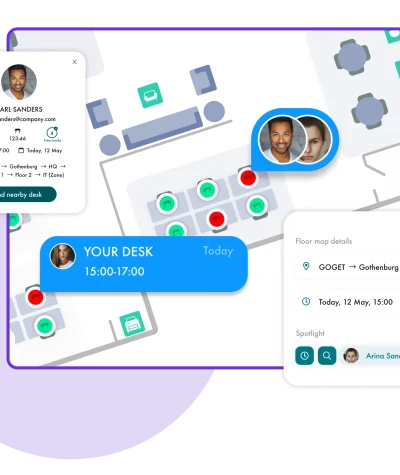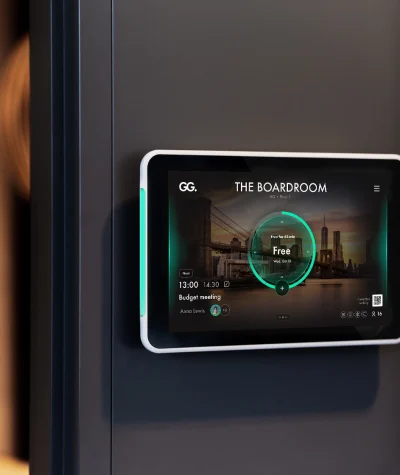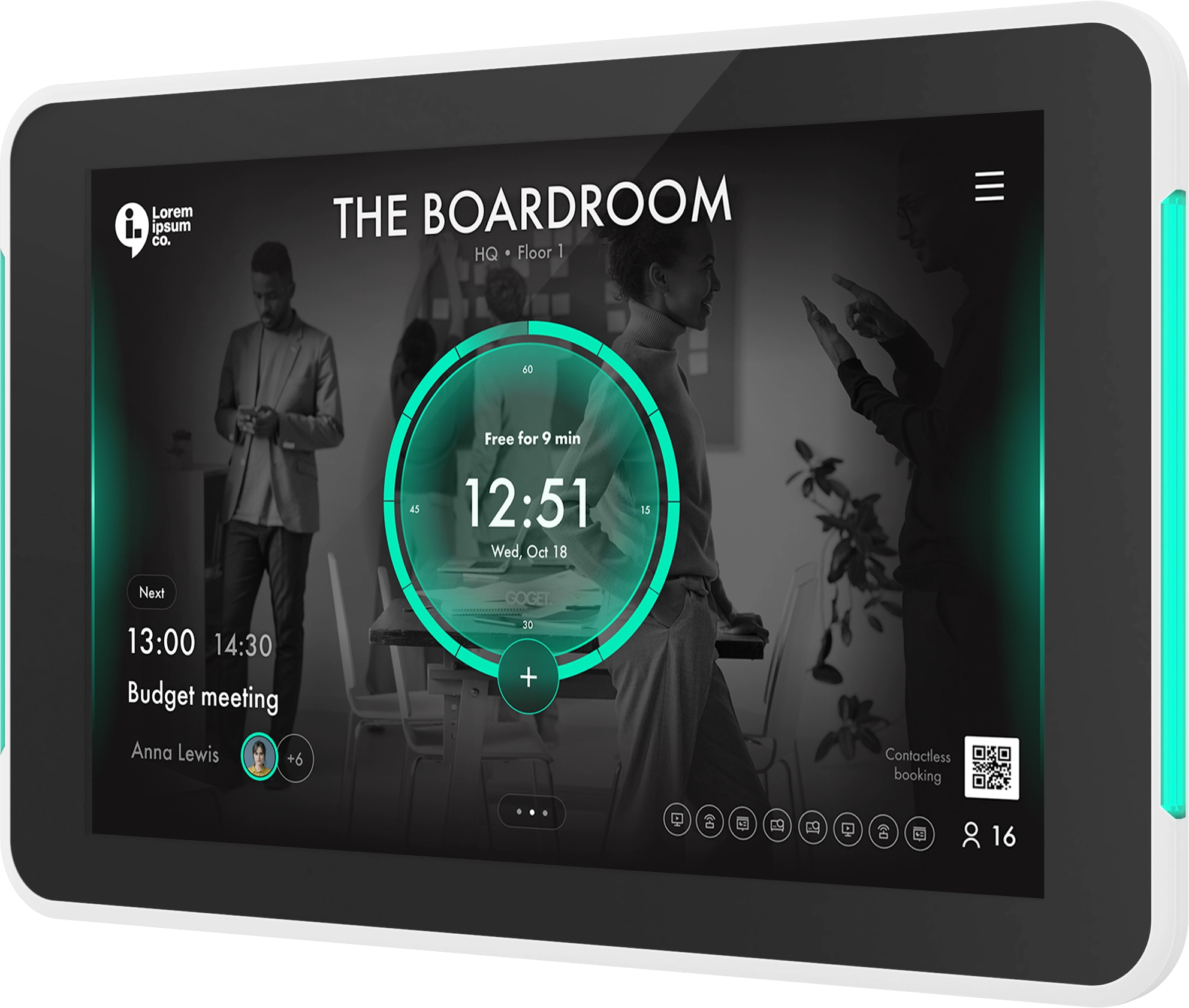In a study conducted by Owl Labs, 55% of people said they worked more hours when working from home than at the office. Is this because they’re struggling to maintain a healthy work-life division?
Spending more time in the office would certainly help these employees to maintain a sense of balance. But those employees will likely expect the same level of flexibility as they’re used to at home.
In this blog, we’ll share 3 simple ways to offer workplace flexibility for those in favour of visiting the office more frequently.
What is Workplace Flexibility?
Workplace flexibility recognises the wants, needs, and priorities of an individual, and has options in place for employees to adapt their work day as they suit.
For example, this may mean allowing employees flexibility in their work hours if they have a long commute or child care restraints.
It’s also about giving employees the freedom to work where they want, whether that means in different workspaces around the office or from an off-site location. So, remote and hybrid working models are something to consider when trying to implement workplace flexibility solutions.
3 Benefits of Offering Workplace Flexibility
- Greater Work-Life Balance
When employees have complete power to choose where and how they work, they’re less likely to find themselves in stressful situations. Less stress equals greater motivation and improved productivity, leading to optimal performance overall.Without the shadow of stress looming over employees, they’re also more likely to switch off when they get home. Therefore, they can spend more time doing what they love outside of work and not bring the troubles of the office with them. Not only is this great for the employee, but it’s fantastic for you as an employer. You’re more likely to retain your top talent, helping them to perform at their best, plus they’ll likely recommend you to other workers in the industry.
Greater Autonomy
There’s no doubt working independently – in ways that suit individual employees – provides an opportunity for autonomy. Without coworkers by their side, people have time to mull over and develop their own ideas for current projects. In doing so, they’re not only evolving professionally by expanding their skill set, but they’ll build confidence in the tasks they’re not as familiar with.- Employee Retention
Introducing workplace flexibility demonstrates that you trust your employees to complete tasks in a way that works for them. This will most likely mean your teams have more respect for you and are more likely to stay within the company.Plus, it’s no secret that a happier workforce is more likely to speak positively about the organisation. Perhaps your teams will feel more confident recommending the workplace to those currently scouring the job market given the level of trust they know they’ll receive from the employer.
3 Simple Ways to Offer Workplace Flexibility
- Make it Super Easy to Reserve Meeting Rooms
If and when employees decide to work on-site, it’s helpful to provide zero-fuss solutions for workspace collaboration, making the trip to the office run smoothly. One way you can do this is by investing in top-of-the-range software to simplify booking out meeting rooms.
Goget’s meeting room booking software is a brilliant choice. This allows you to list the available meeting rooms in the office, including the amenities within that space. Employees can decide which room suits them best depending on their needs, number of attendees, or required amenities. - Provide a Dynamic, Adaptable Workspace
With the uncertainty of who will be in the office and when, as well as constant changes to your employee’s working preferences, a dynamic and adaptable workspace is paramount. The simplest way to implement this in your office is by investing in flexible elements. For example, furniture on castors combined with stackable chairs provides the option to adapt the layout if more employees attend the office. If you have a smaller office space with fewer rooms, you can easily create designated areas with soft architecture as well.To make it easier for your team to come into the office despite the constant change, GoGet offers smart desk booking software. Employees can simply assign themselves to a desk before they leave their home or on their commute to save the hassle of finding a seat upon arrival.
- Set Expectations and Hold Teams Accountable
If you decide to offer workplace flexibility solutions, empower your employees to make it work in a way best suited to them. But don’t forget to communicate your own expectations as a leader. For example, if you want your employees to make use of hybrid workplace technology on a frequent basis, communicate these expectations.Likewise, you should make it clear that teams will be held accountable for their tasks and projects regardless of how they choose to work.
Encourage Workplace Flexibility with Hybrid Workplace Technology
At GoGet, we create must-have software to improve your flexibility in the workplace. From meeting room scheduling to quick and easy desk booking, we’ve got everything you and your team are looking for.
Let’s make 2023 a success – together. Get in touch with our team to find out how we can help your business.



